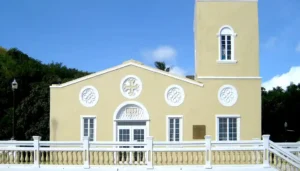
San Dionisio Catholic Church, Humåtak
Construction of the first San Dionisio Catholic Church in Umatac/Humåtak began on November 12, 1680. On that same day a strong typhoon struck the island.

Construction of the first San Dionisio Catholic Church in Umatac/Humåtak began on November 12, 1680. On that same day a strong typhoon struck the island.

The Jose P. Lujan 1911 house in Hagåtña is listed on both the Guam and National Registers of Historic Sites. With so few prewar homes

Fort Nuestra Señora de la Soledåd, or Fort Soledad, the last of four Spanish fortifications built in the village of Humåtak/Umatac, is located atop a
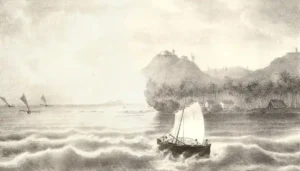
Fort Santo Angel was the second of four Spanish fortifications built in the southern village of Humåtak/Umatac in the midst of the galleon trade era.
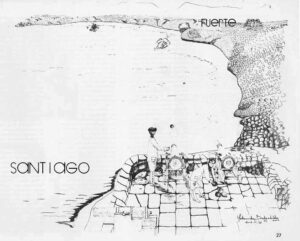
Fort Santiago was the second of three Spanish forts built to defend the anchorage at Apra Harbor. The fort was constructed at the tip of
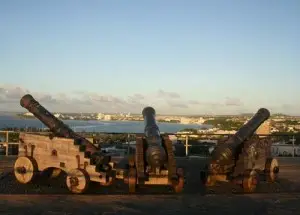
Fort Santa Agueda, the only surviving Spanish fort in Hagåtña, sits atop Apugan Hill on the western coast of Guam. The fort, now commonly called
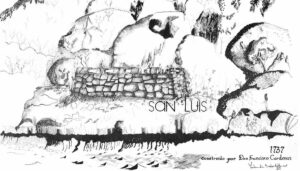
Fort San Luis was the first of three Spanish fortifications constructed to protect the anchorage at Apra Harbor. The fort was constructed on the northern
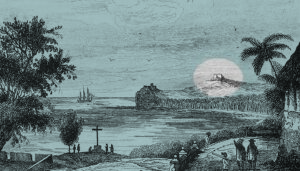
Fort San Jose, built about 1805, was the third of four Spanish fortifications built in the southern village of Humåtak/Umatac. The fort was constructed atop
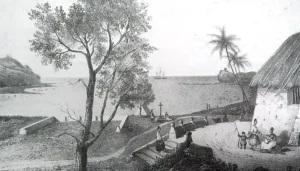
In order to protect Spain’s interests in Guam and its Pacific trade routes, several fortifications were constructed to defend the island. Beginning with the first